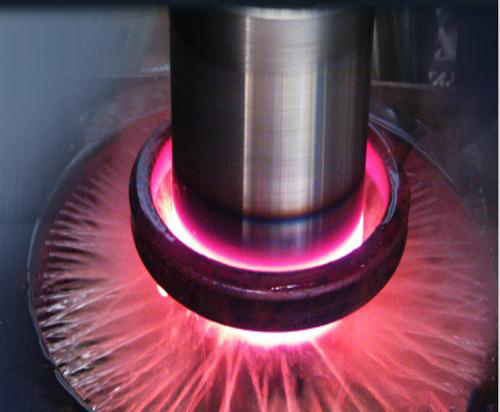The influencing factors of image quality in visual inspection systems
We all know that equipment that uses machine vision inspection systems to detect the appearance and size of products is called visual inspection equipment. Machine vision inspection is currently a high-precision, high-efficiency, and high-precision detection method for detecting surface defects and appearance dimensions of products, which is more reliable and efficient than manual inspection. However, machines are not omnipotent, and their quality can also affect the accuracy and safety reliability of detection. So, do you know what are the key factors that affect the detection performance of machine vision systems?
In fact, image quality is one of the key factors in measuring the detection performance of machine vision systems, and it will directly affect the detection performance of the system. Especially under natural lighting conditions, image quality will vary with changes in light source conditions. Camera settings such as "gain" and "exposure time" can be adjusted to compensate for unstable ambient light conditions, thereby improving image quality and stabilizing detection performance. So, what factors will affect the image quality of machine vision detection systems
The main factors affecting the image quality of machine vision detection systems are as follows: 1. Focal length; 2. Light intensity; 3. Light direction; 4. Target distance; 5. Sampling rate; 6. Exposure time and gain; 7. Resolution (number of pixels); 8. Dark leakage current. To ensure image quality, the light source can be provided by a separate device or a portion of the camera lens periphery, depending on the final application and the distance between the sensor and the scanned object. If the light source is around the camera, the camera can move with the light source. Choosing a lens also has certain requirements, and high-quality lenses are equally important as the quality of sensors. A camera is an electronic optical system that requires collaboration between optical and electronic components to generate images. The problem of image blur is usually caused by improper lens selection. The optimal lens size and shape depend on the focal length, but for smaller object lengths, a C-mount lens is usually used. If the camera needs to work in high reflective environments, it is best to use an anti reflective film lens. The entire field of view of a camera depends on the required field of view, working distance, and lens. Although the image imaging quality of machine vision systems is influenced by many factors, it is also within a controllable range. After repeated testing by engineers, the feasibility of using important components (such as light sources, lenses, cameras, etc.) has been determined to ensure that the imaging quality of the system meets the detection requirements of the machine system.




 Scan and add wechat
Scan and add wechat Wechat official account
Wechat official account